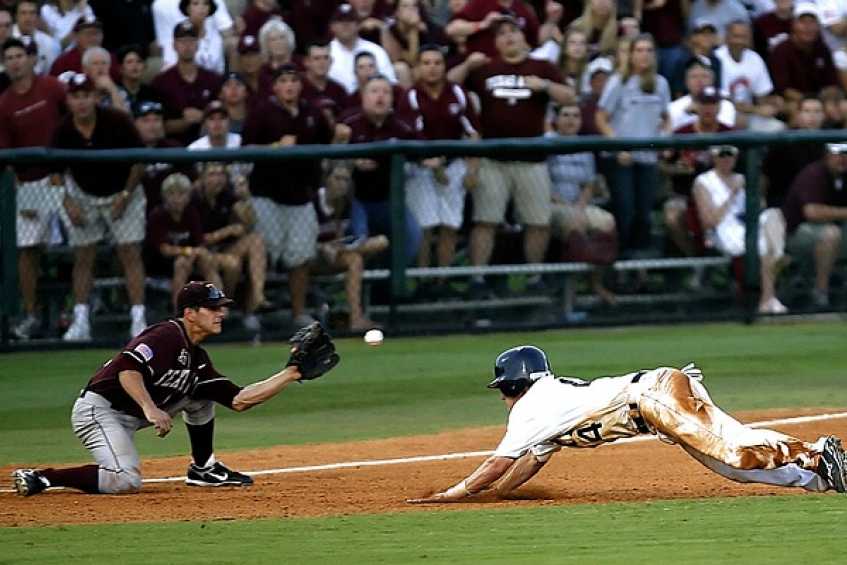


Perhaps no area of youth sports has changed more in the last 25 years than the pursuit of college sports scholarships. Along with the travel ball movement and the money involved to play youth sports, striving to get one of the coveted college sports scholarships have turned the youth sports environment into a dog eat dog one for many. Of course, the analysis of all that is a story for another day and one that I address in my coming book, Creating a Season to Remember. As far as the college sports scholarships go, the competition for them is intense and the old way thinking that the better players will automatically get them is not always accurate. The philosophy of "if he or she can play, they will find them" can leave a qualified athlete with few options. Another mistake many people make is relying on a player's high school coach to find them a college opportunity. A few high school coaches may do that but most do not have the time or desire. However, it never hurts to mention to the varsity coach and discuss at some point that their son or daughter is interested in playing at the next level. They may help or at least suggest colleges and things to do in the process. I used to just shake my head in disbelief when parents of junior high aged players would mention that their child was hoping to get a scholarship to play in college. I have come to realize that the times have changed and there is no such thing, within reason, as beginning the process early enough. It is becoming more common for the highest profile players to receive a scholarship offer before reaching high school. The days of waiting until players are juniors or seniors to search for a college opportunity are over. That waiting may be too late as it makes getting recognized more unlikely and limits the school possibilities. Much effort goes into who gets the relatively few scholarships and an early plan is necessary for those interested. Even before players reach the high school level, parents can do some initial things. Each subsequent year they can add to the process, so their child has the best chance to compete with all the other seekers. Many parents pay a lot of money to college scholarship services for things they can do on their own. When money is not an issue it is OK, but the paid for services may or may not work as intended. Of course, players still must have the ability to play at the next level and many who sign up for those services simply do not. Following are the necessary steps to help an athlete get the college sports opportunity.

There is usually a fit for talented kids that are determined to play college ball, even if it means trying out for the college team. An athlete's ability usually shows up and college coaches will recognize it.
After playing major league baseball, Jack Perconte has taught baseball and softball since 1988 and offered valuable coaching training too. He has helped numerous youth players reach their potential, as well as having helped parents and coaches navigate their way through the challenging world of youth sports. Jack is one of the leading authorities in the areas of youth baseball training and coaching training advice.
All Jack Perconte articles are used with copyright permission.There are 0 comments on "Parent's Guide to Getting College Sports Scholarships - 20 Tips"
chandler allen says:
"Hi my name is chandler, i’ve enjoyed..."
On Wanting to tryout for summer ball. as an 18 year old
david graham says:
"With no current MLB team in Canada,..."
On With no current MLB team in
Charles Chavez says:
"To All Coaches: Do you have13U or..."
On Looking for Games